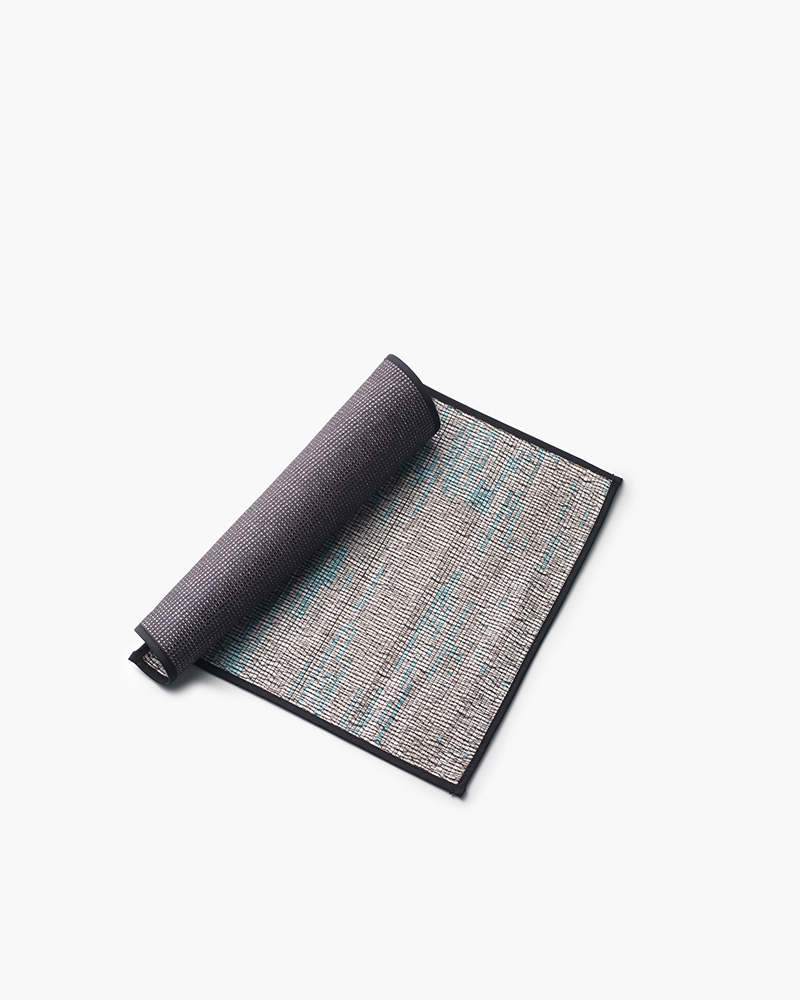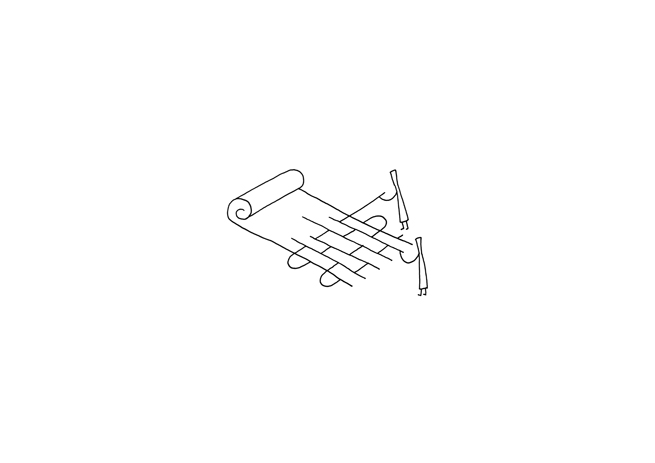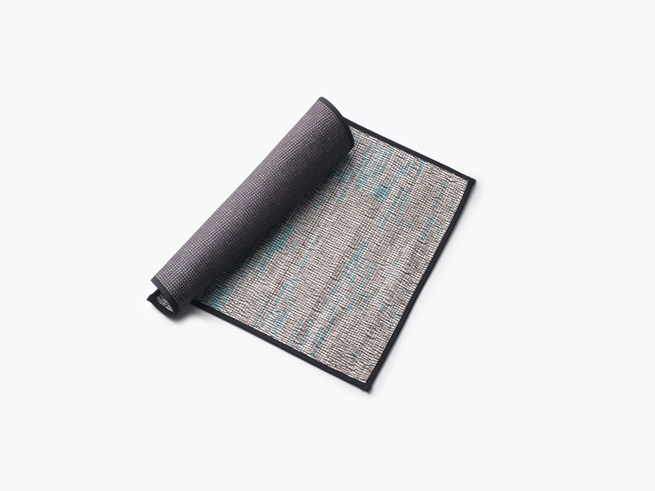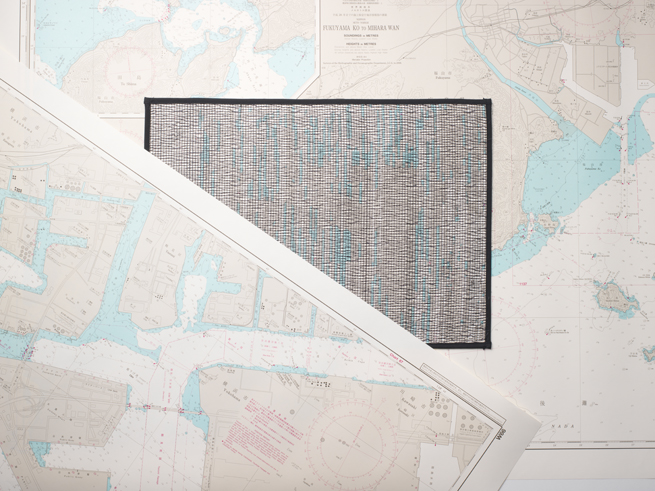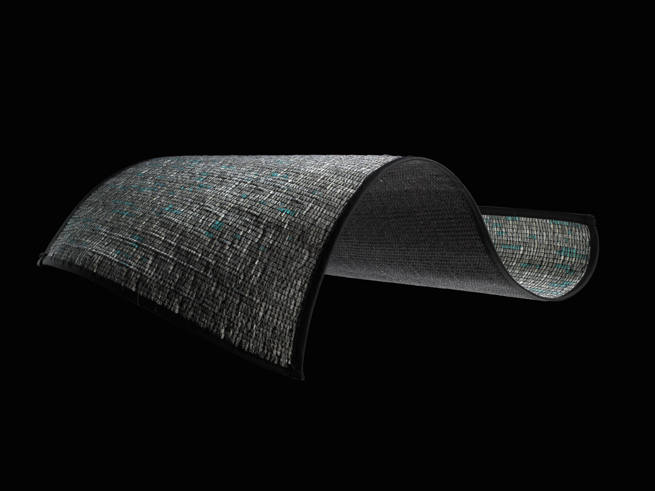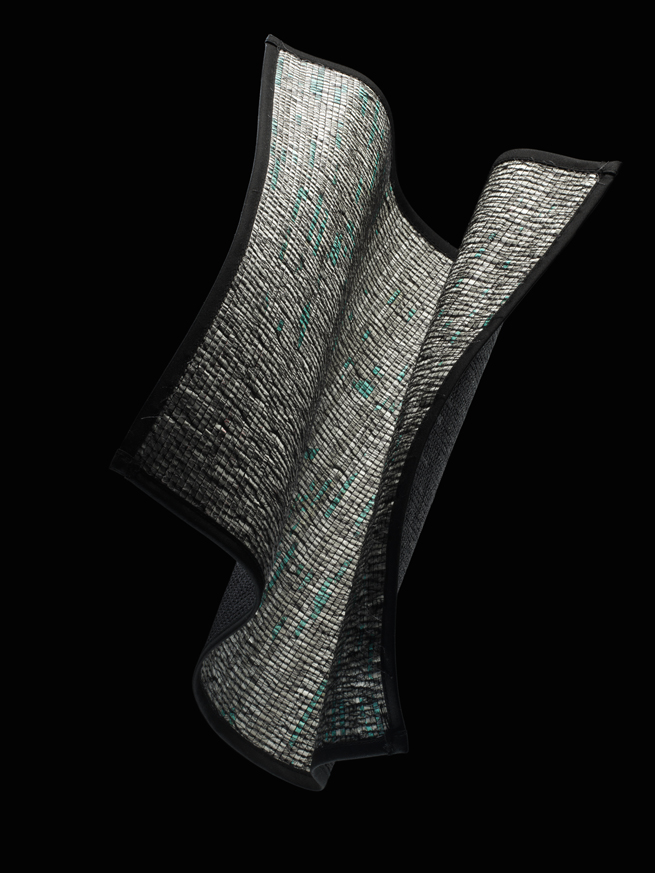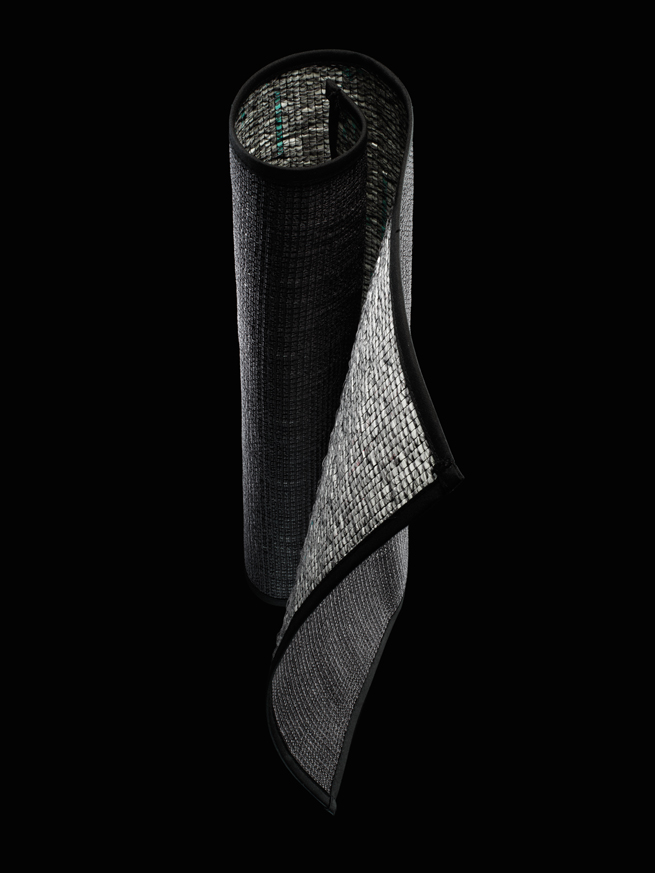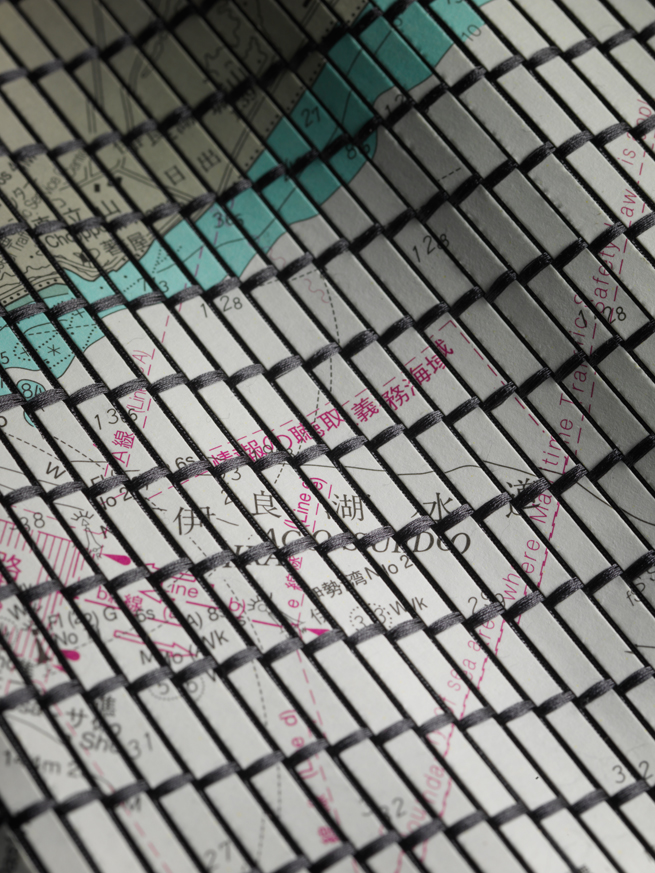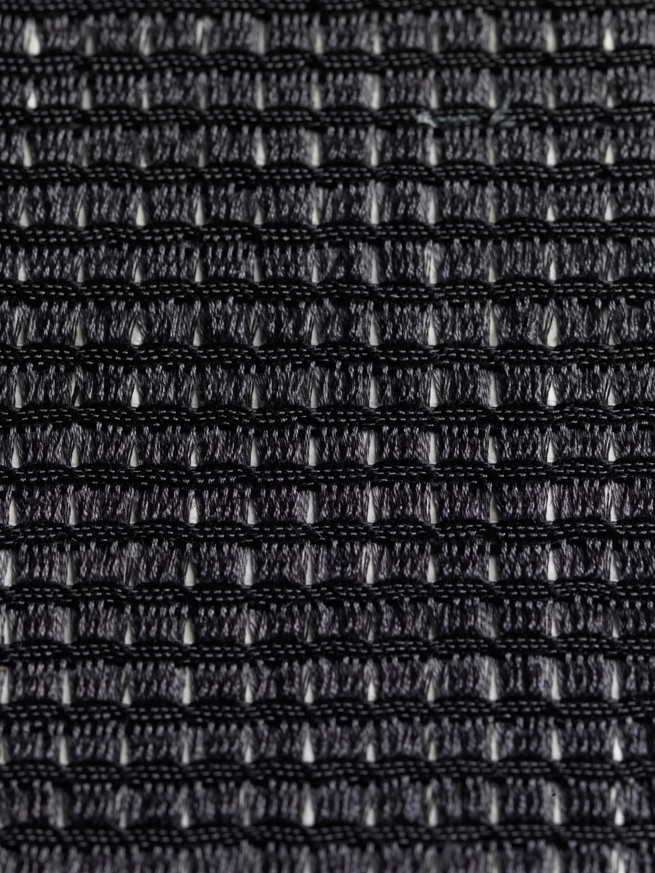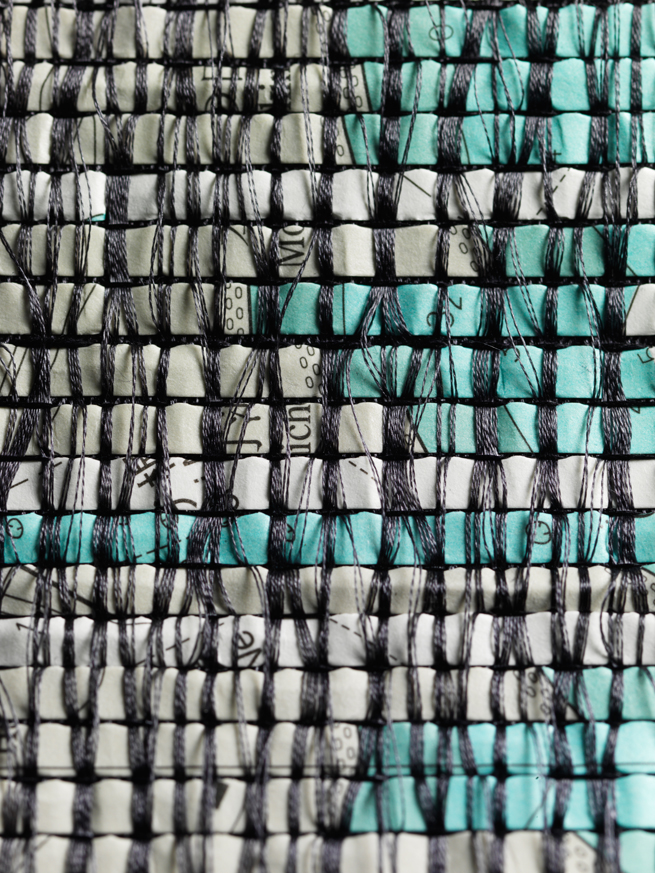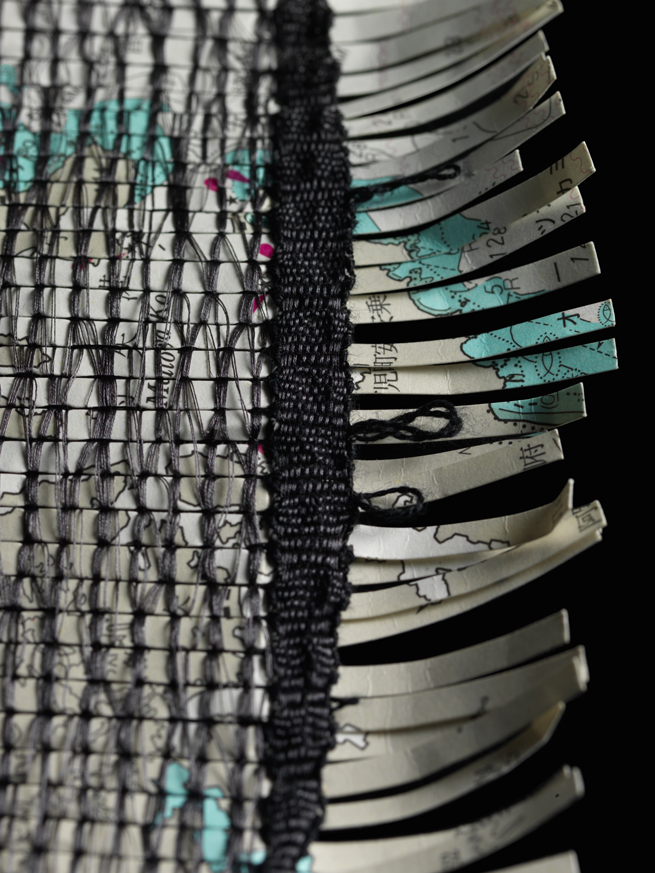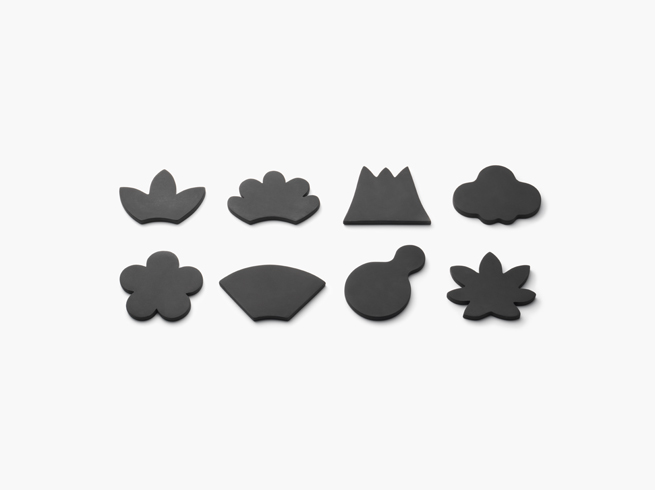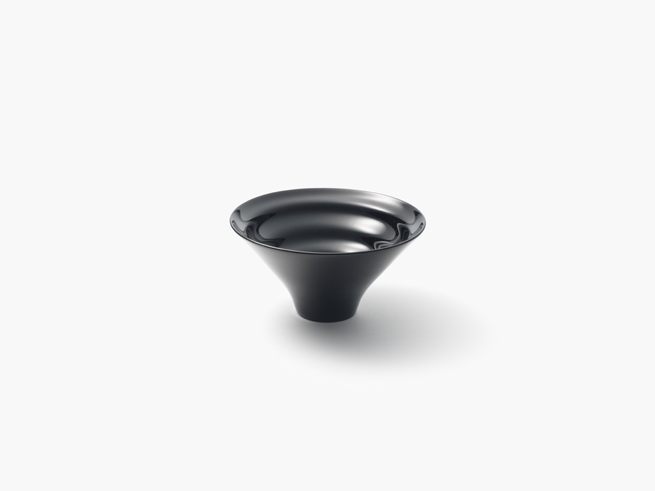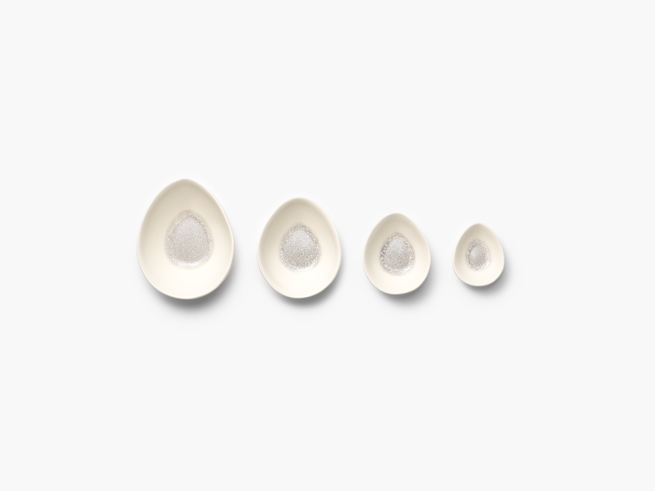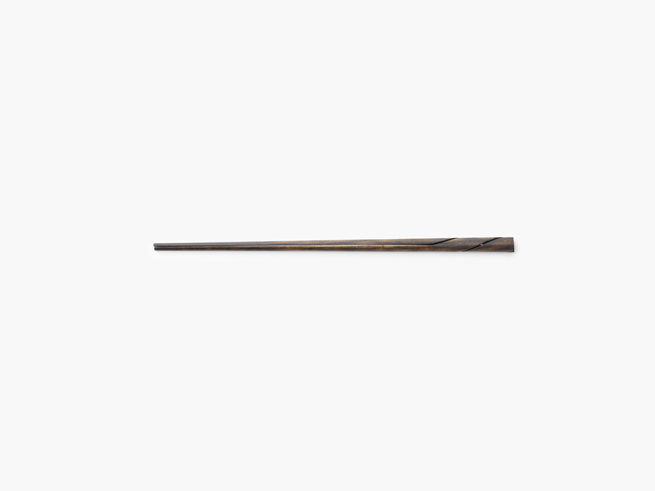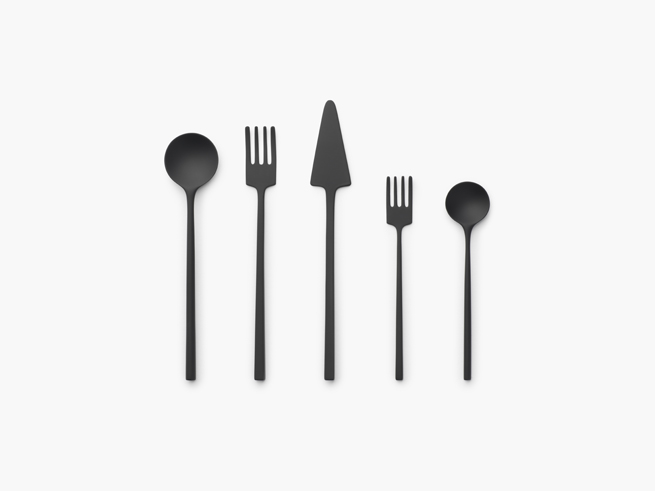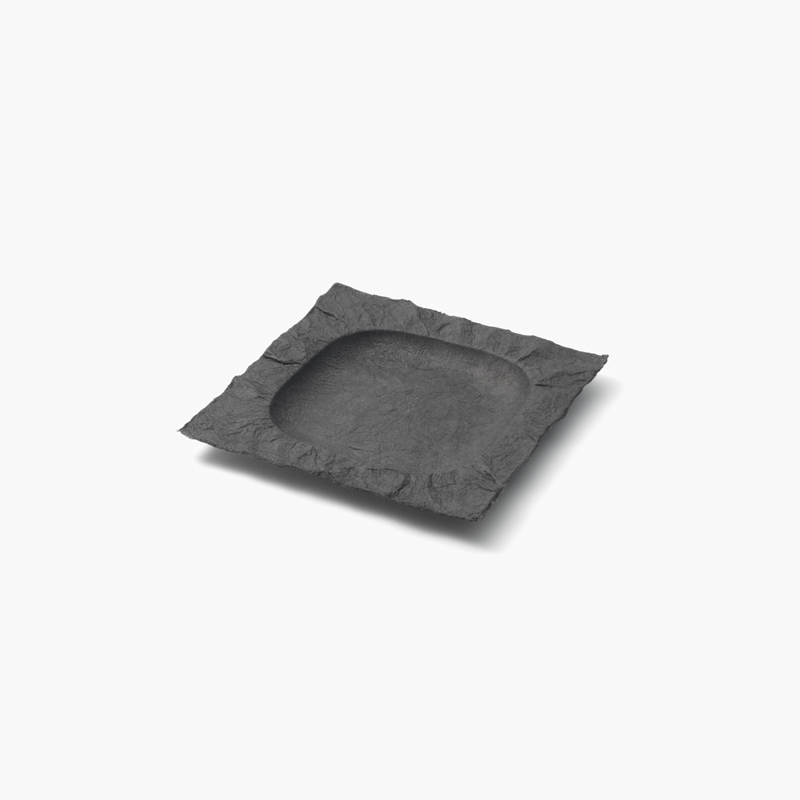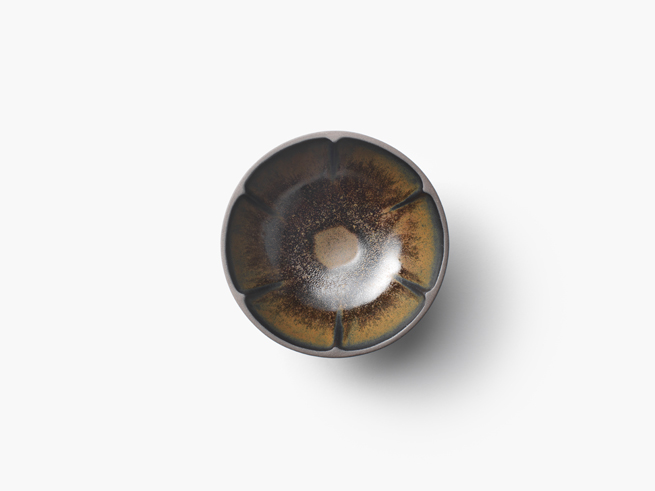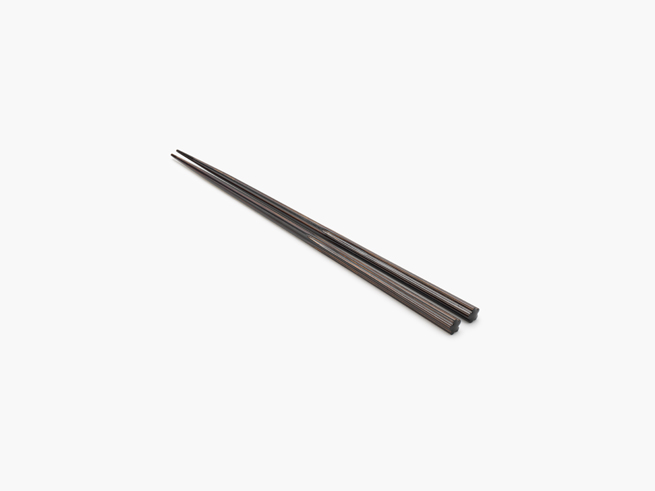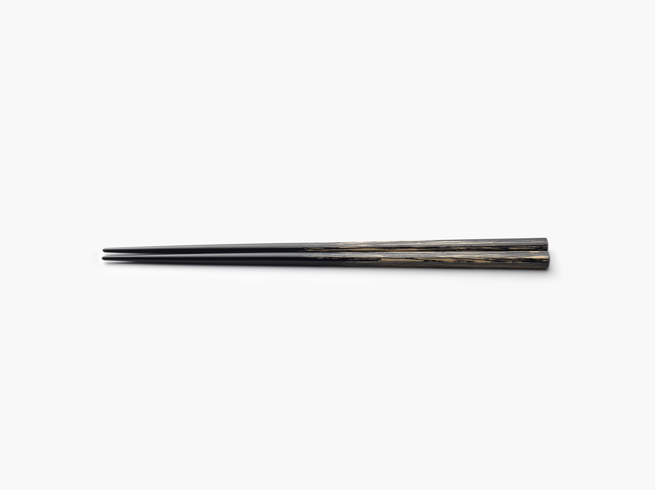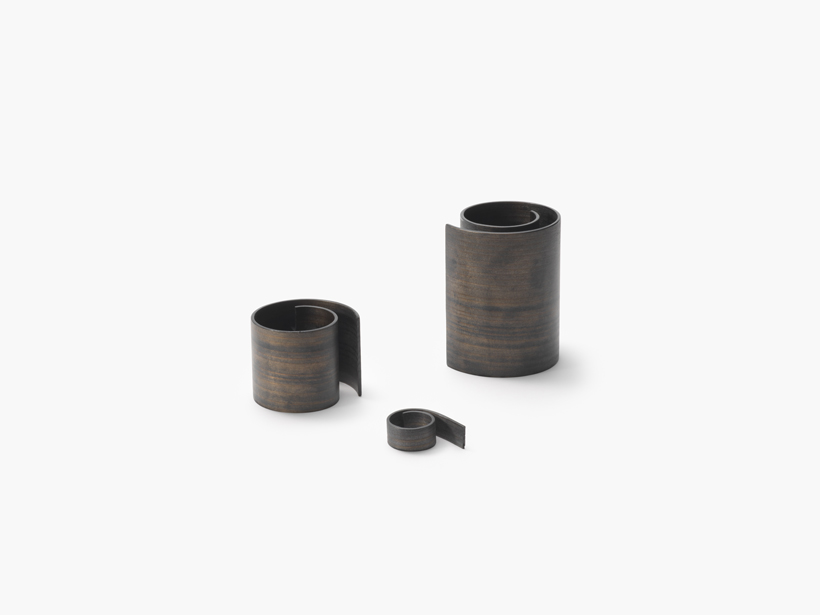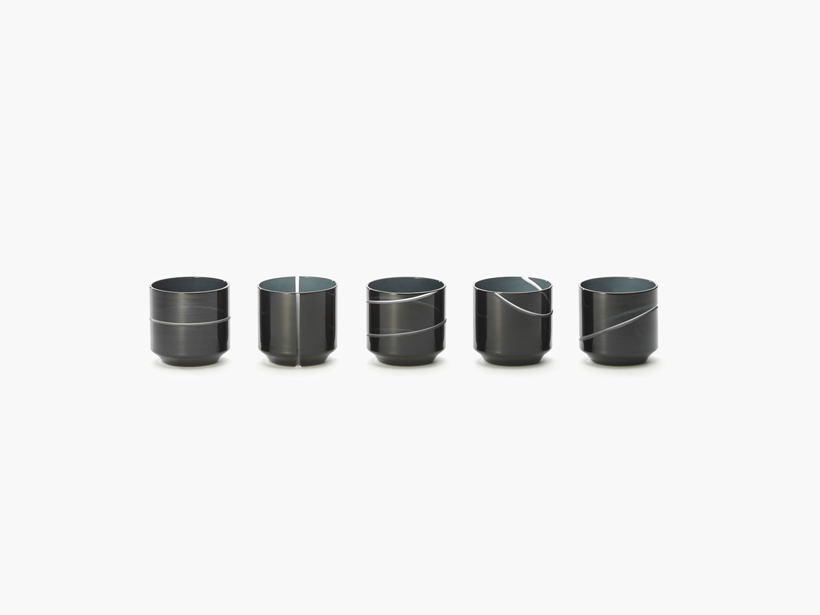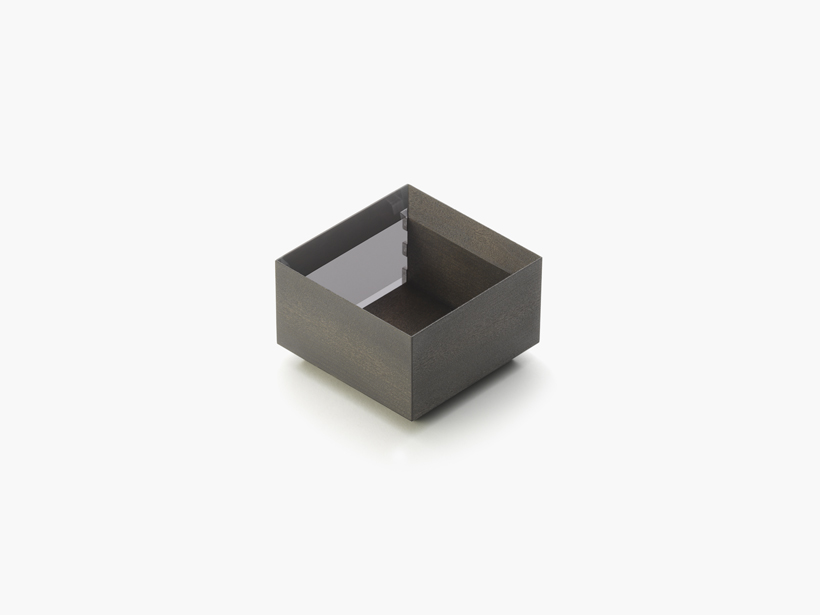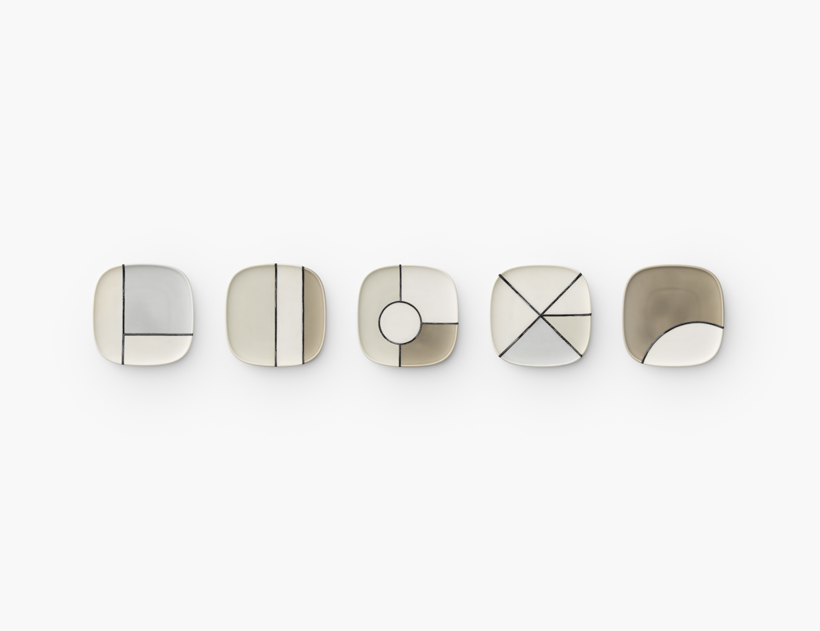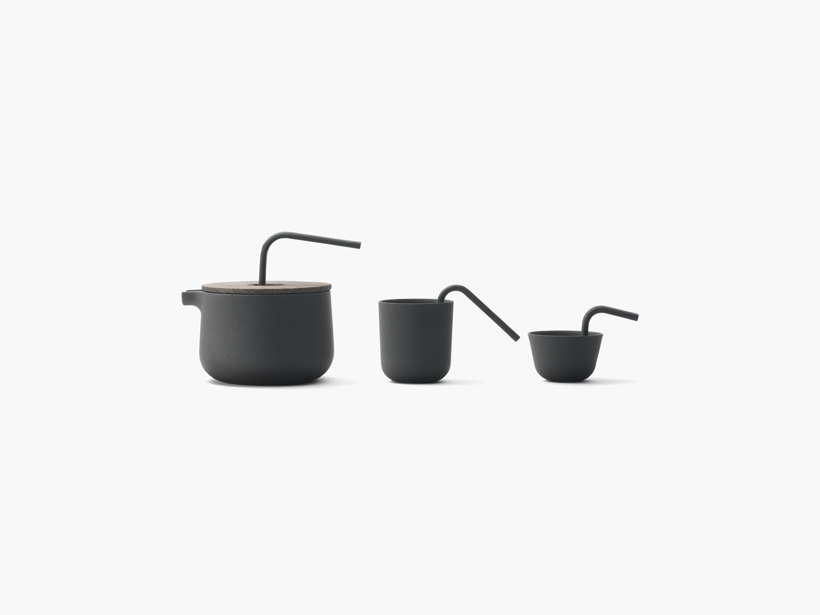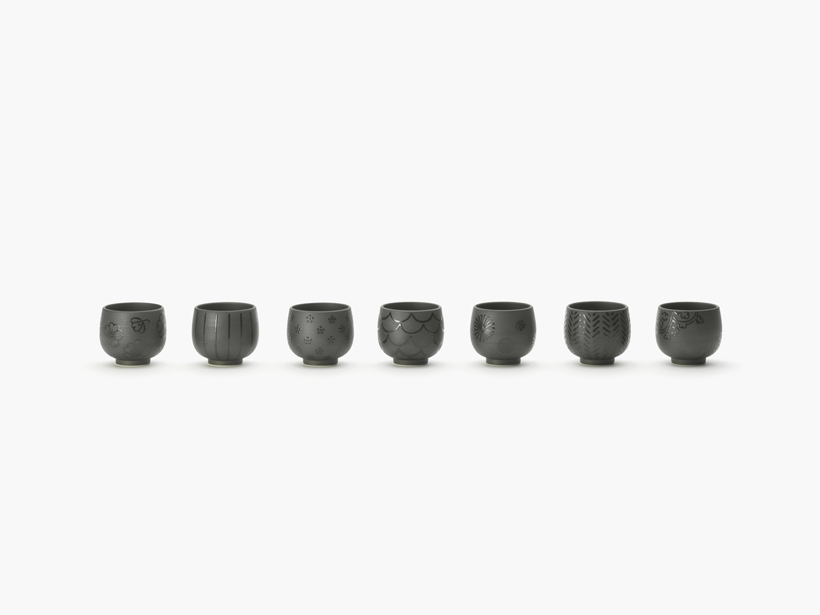05_Nishijin-ori for Hosoo
Nishijin-ori originated in 5th to 6th century and developed as a luxurious textile at the end of 8th century in Kyoto Prefecture. The traditional brocade uses thinly cut strips of paper treated with lacquer or gold leaf as the weft of the textile, and is often woven to make obi belts for kimonos. We have focused on this distinctive method of ‘paper weaving’, and have used strips from naval maps published by the Maritime Safety Agency in its fabric. Such maps have to be revised periodically, and older editions must be discarded as they are unusable for safety reasons. They are made from water-resistant paper that is difficult to recycle, and their material is therefore treated as industrial waste. Turning it into luncheon mats not only makes optimal use of its water-resistant properties, but the seabed features inscribed on it also serve as an intriguing fabric pattern. The warp of the textile is black in order to accentuate the unique texture of the fabric.
